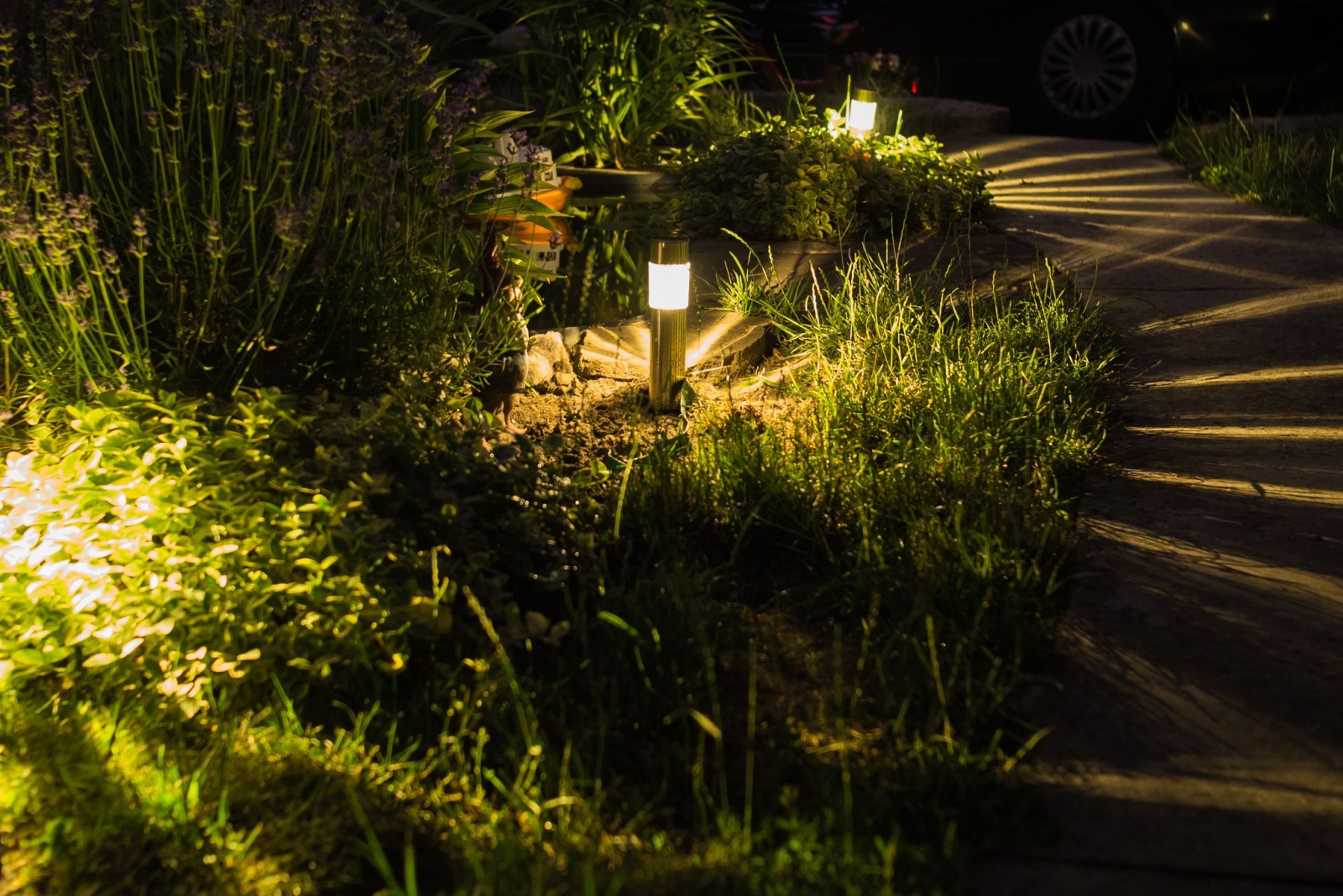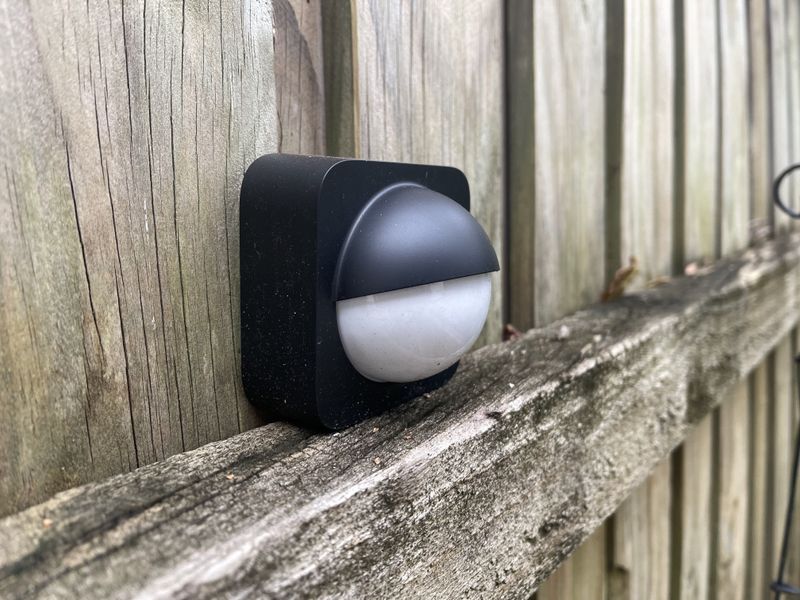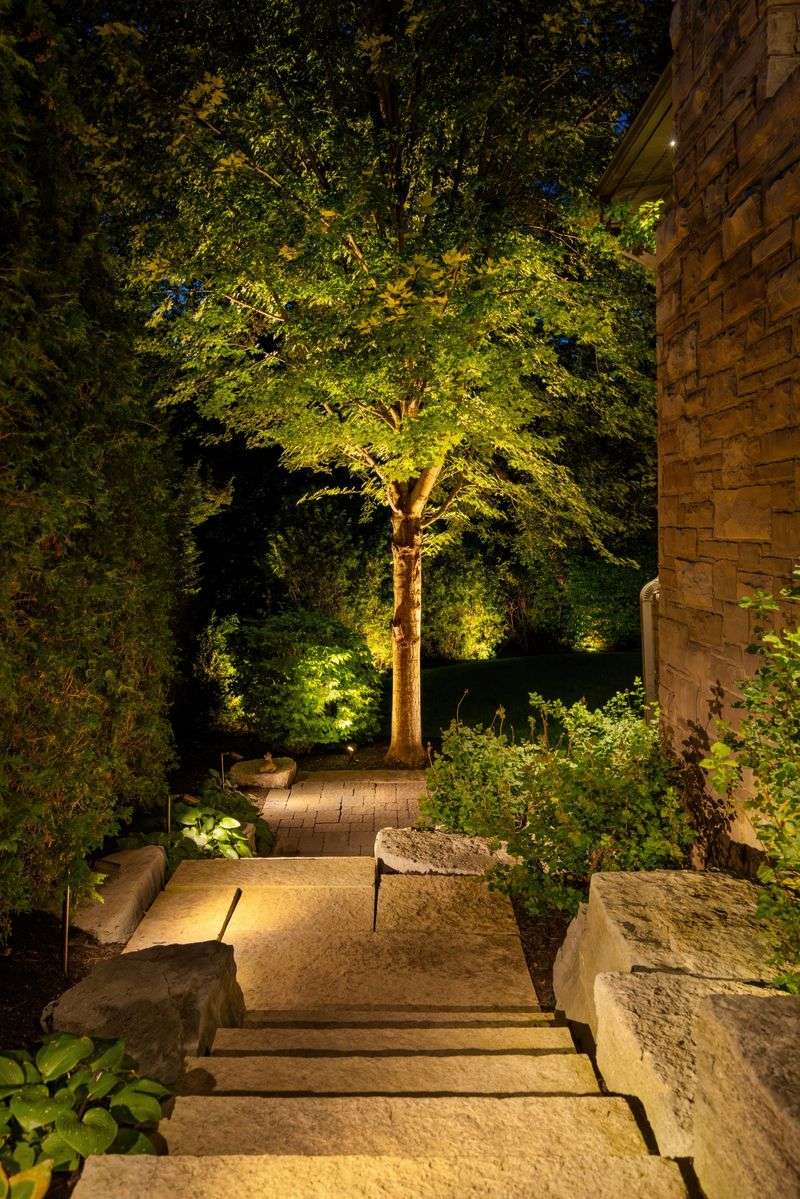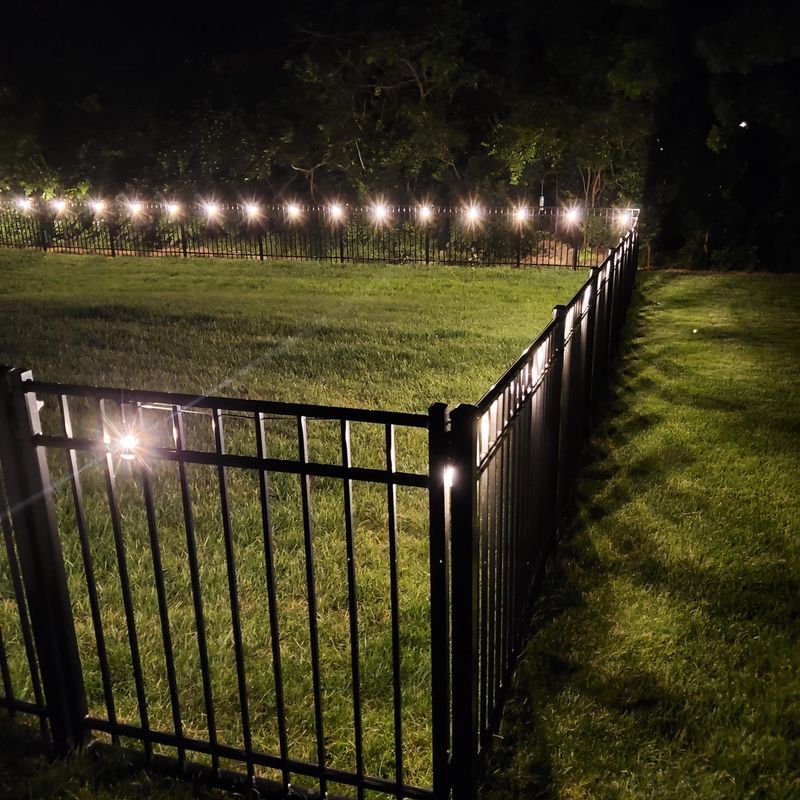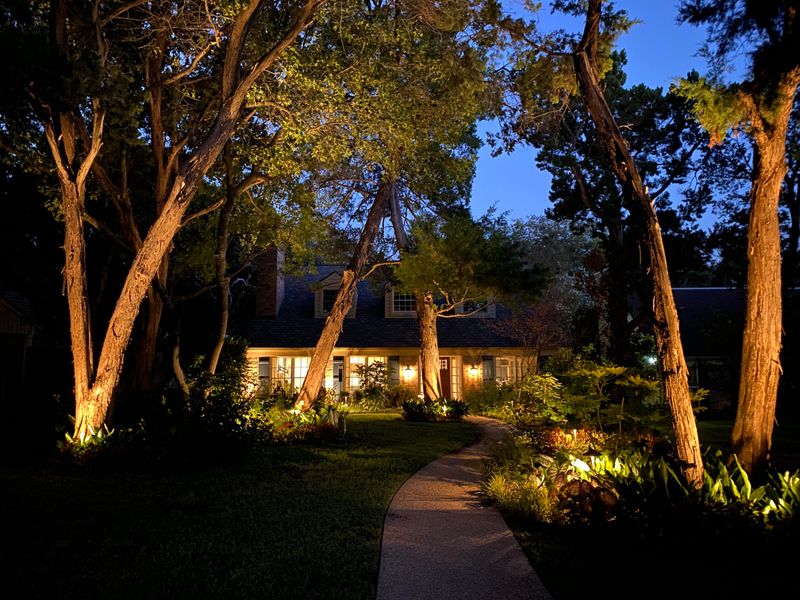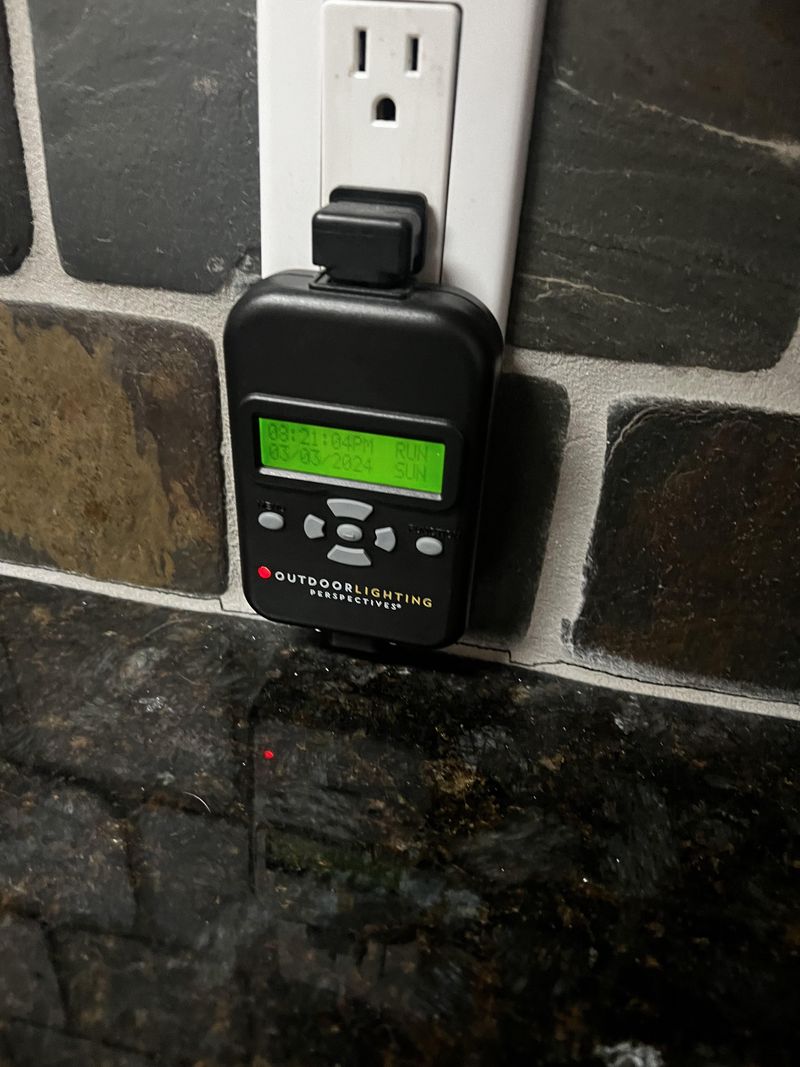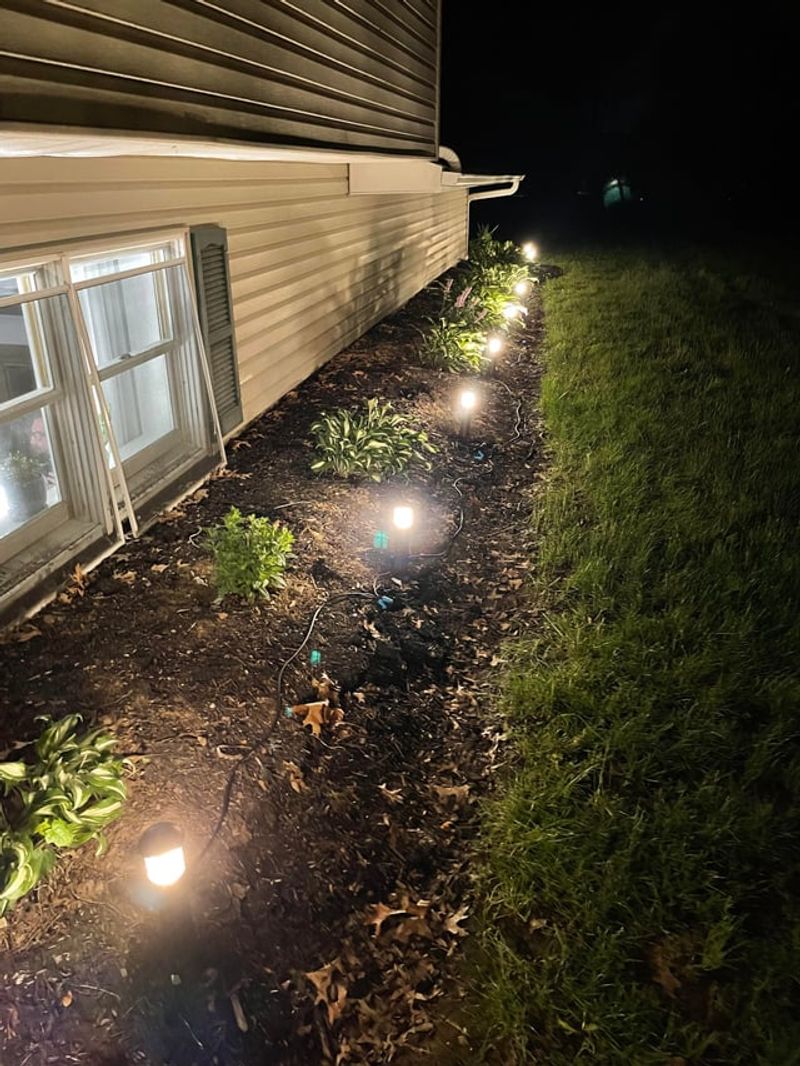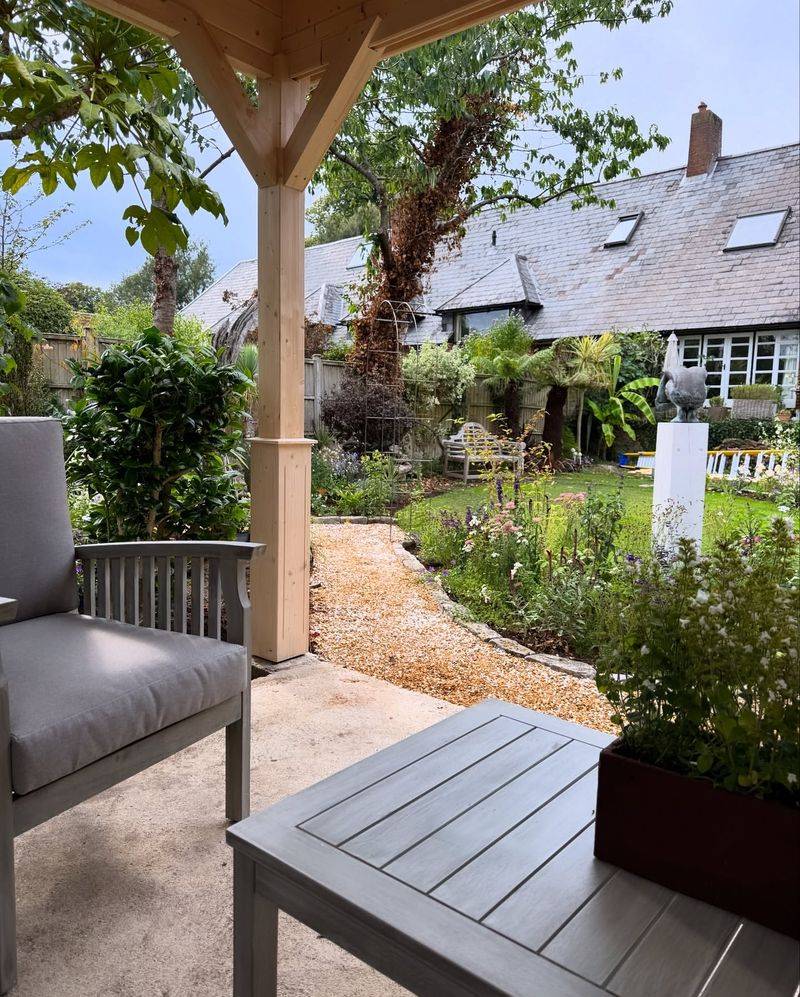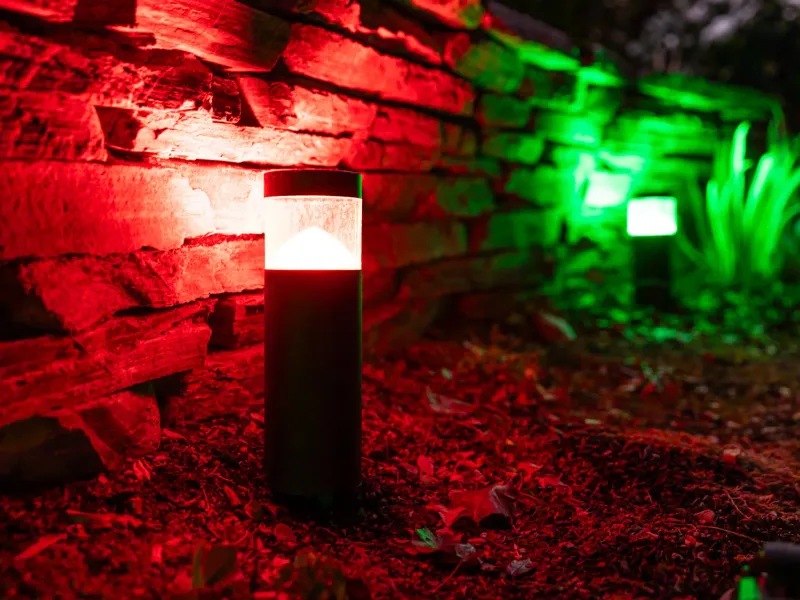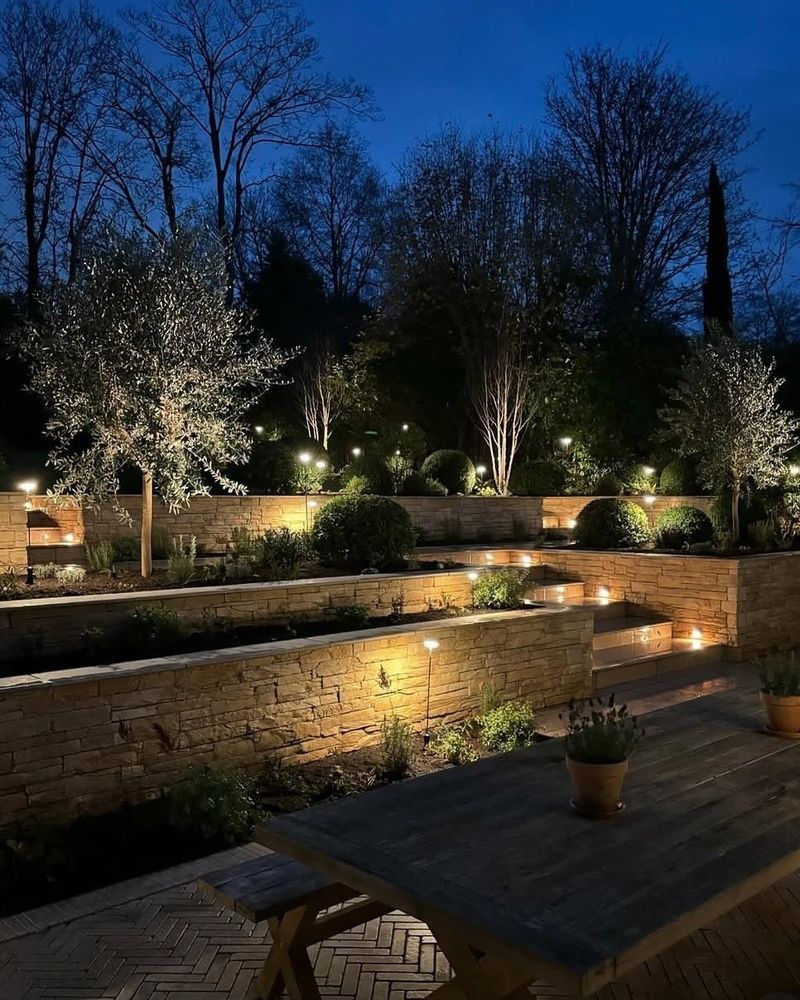Colorado’s diverse ecosystem deserves our protection, especially when we’re adding artificial lights to our outdoor spaces. The wrong kind of garden lighting can disrupt migration patterns, confuse nocturnal animals, and even affect plant growth cycles.
I’ve spent years adjusting my own garden lights after noticing fewer birds and insects visiting. Here are 10 practical ways to enjoy a well-lit garden while keeping our Colorado wildlife safe and thriving.
1. Install Motion-Activated Sensors That Minimize Constant Illumination
Motion sensors transform garden lighting from wildlife disruptors to practical safety features. They only activate when needed, giving animals their natural darkness most of the time.
Last summer, I installed these in my Fort Collins backyard and immediately noticed more visits from foxes and owls. The animals seemed less stressed without constant light exposure.
Colorado’s abundant wildlife benefits tremendously from these periods of darkness, especially during migration seasons when artificial light can throw off natural navigation systems.
2. Choose Warm-Colored Bulbs Under 3000K To Reduce Insect Attraction
Cooler blue-toned lights act like bug magnets, disrupting feeding patterns and making insects easy targets for predators. Warm amber or red-toned bulbs (2700K or lower) significantly reduce this attraction.
The difference became clear when my neighbor switched his harsh white porch light to a warm amber. Suddenly, moths stopped swarming his doorway and returned to pollinating our native Colorado plants.
Many Colorado beetles and butterflies evolved with moonlight as their only nighttime illumination, making them particularly sensitive to artificial blue light.
3. Direct Light Downward With Shielded Fixtures To Prevent Sky Glow
Unshielded lights scatter brightness in all directions, creating unnecessary light pollution that confuses migrating birds common in Colorado’s flyways. Properly shielded fixtures focus light exactly where needed—on pathways and plants—not into the sky.
The Rocky Mountain Bird Observatory recommends these fixtures specifically because they maintain dark sky corridors for seasonal migrations. Birds use stars for navigation, and light pollution disrupts this ancient system.
My garden’s shielded path lights transformed our yard from a glaring beacon to a subtle, ground-focused lighting scheme that still provides safety and beauty.
4. Create Dark Zones That Serve As Wildlife Corridors
Not every part of your garden needs illumination. Leaving strategic dark pathways allows nocturnal animals to move safely through your property without exposure to disorienting light.
After mapping common wildlife routes in my yard, I removed lights from the back fence area where deer regularly pass through. Within weeks, I spotted more wildlife using this unlit corridor.
Colorado’s Front Range neighborhoods often intersect with natural habitats, making these dark zones crucial connectors that help animals navigate our increasingly developed landscape without stress.
5. Set Automatic Timers To Turn Off Lights During Critical Wildlife Hours
Many Colorado creatures are most active during specific hours—typically dawn and dusk. Programming your lights to automatically shut off during these critical transition periods supports natural hunting and feeding behaviors.
The timer on my garden lights switches everything off from 11PM to 5AM, coinciding with peak activity for many Colorado mammals and insects. This simple change made my yard a more welcoming habitat.
Bats—essential for controlling mosquito populations in our state—particularly benefit from dark periods during their evening feeding times between sunset and midnight.
6. Use Solar-Powered Lights With Lower Intensity
Solar lights typically emit softer illumination than their hardwired counterparts, creating a gentler environment for sensitive wildlife. Their self-contained nature also eliminates potentially dangerous wiring that small animals might chew or become entangled in.
The solar path markers along my garden walkway provide just enough light to navigate safely without flooding the area with harsh brightness. Colorado’s abundant sunshine makes these fixtures particularly effective year-round.
An added benefit: these lights naturally dim as their batteries deplete through the night, mimicking the natural reduction of moonlight that wildlife has evolved with.
7. Plant Light-Blocking Vegetation As Natural Shields
Strategic landscaping creates natural barriers that contain light spread. Native Colorado shrubs like serviceberry or chokecherry planted around lighting fixtures help block light from spreading into wildlife habitats.
The dense junipers I positioned around my patio lights keep the illumination contained to our seating area. Beyond this natural screen, the garden remains comfortably dark for nocturnal visitors.
These plant barriers serve double duty by also providing food and shelter for the very wildlife you’re trying to protect—a win-win approach to garden design in our Colorado climate.
8. Replace Constant Lighting With Reflective Elements
Reflective markers along pathways can guide human movement without any electricity at all. These passive elements catch moonlight or minimal lighting from elsewhere, making paths visible without disturbing wildlife.
Around my garden pond, I replaced electric lights with decorative stones containing reflective elements. They catch just enough ambient light to mark the edge safely while keeping the pond dark for nocturnal drinking visitors.
Colorado’s clear mountain air and bright moonlight make reflective solutions particularly effective here compared to more humid regions where light diffuses quickly.
9. Choose Lighting With Red Spectrum For Night Observation
Red light has minimal impact on wildlife’s night vision while still allowing humans to see. For areas where you want to observe nocturnal garden visitors, red-spectrum lighting makes you nearly invisible to them.
My backyard observation bench uses a small red reading light that lets me watch the nighttime activities of raccoons and foxes without disrupting their behavior. They seem completely unaware of my presence.
Astronomers at Colorado observatories use this same principle—red light preserves human night vision while minimizing impact on the surrounding environment and its inhabitants.
10. Maintain Seasonal Awareness By Adjusting During Migration Periods
Colorado sits along major bird migration routes, making seasonal lighting adjustments crucial. During peak spring and fall migrations, temporarily reducing or eliminating garden lighting helps birds navigate safely through our state.
Each April and September, I scale back my garden illumination to support the thousands of birds passing through. The Audubon Society’s migration calendar guides my lighting schedule.
Even bats and monarch butterflies benefit from these seasonal adjustments as they make their way through Colorado’s diverse elevations and habitats during their annual journeys.

